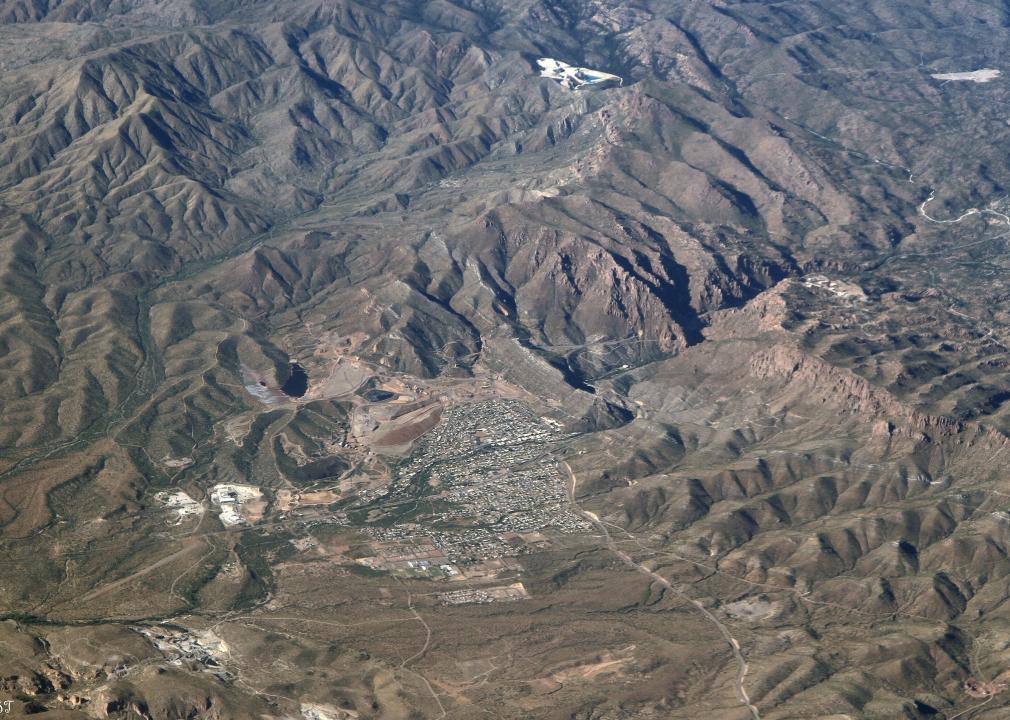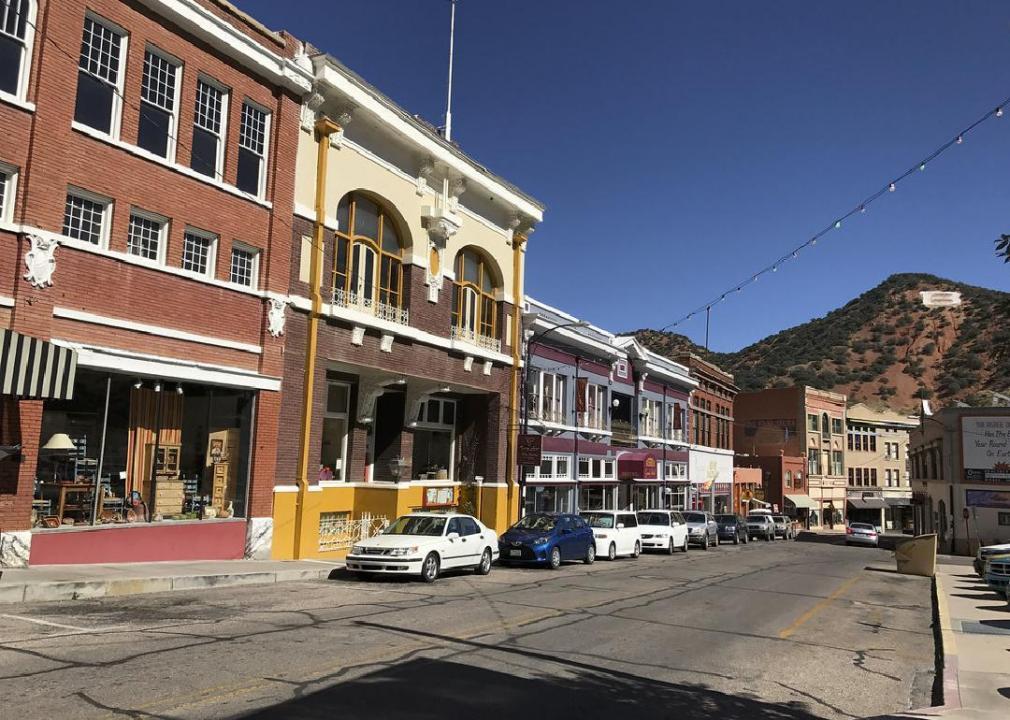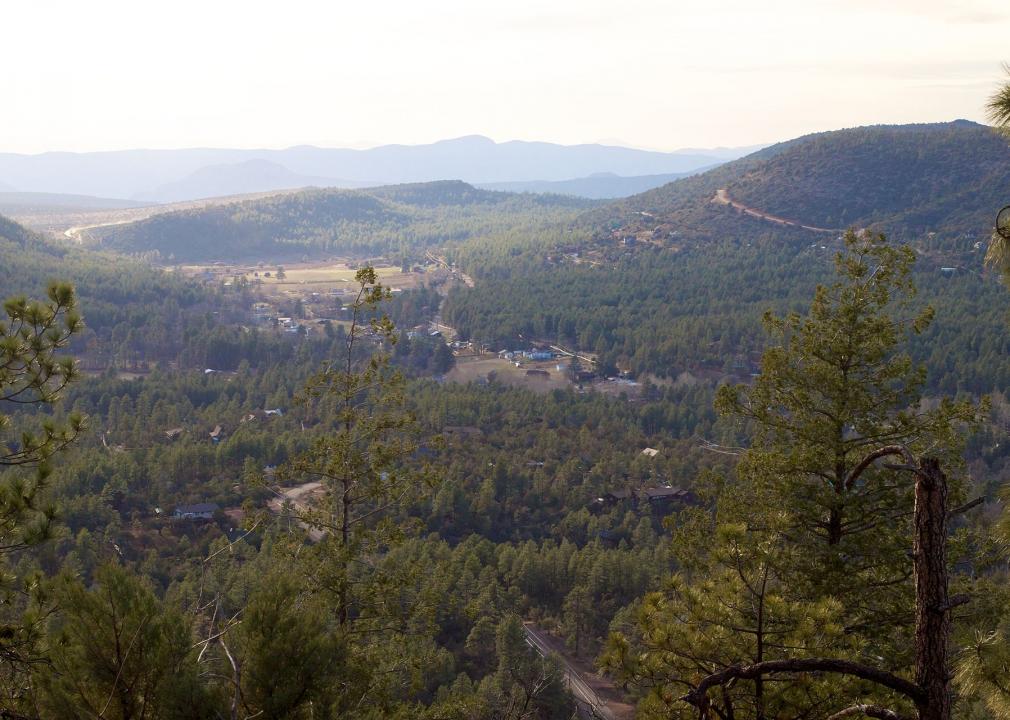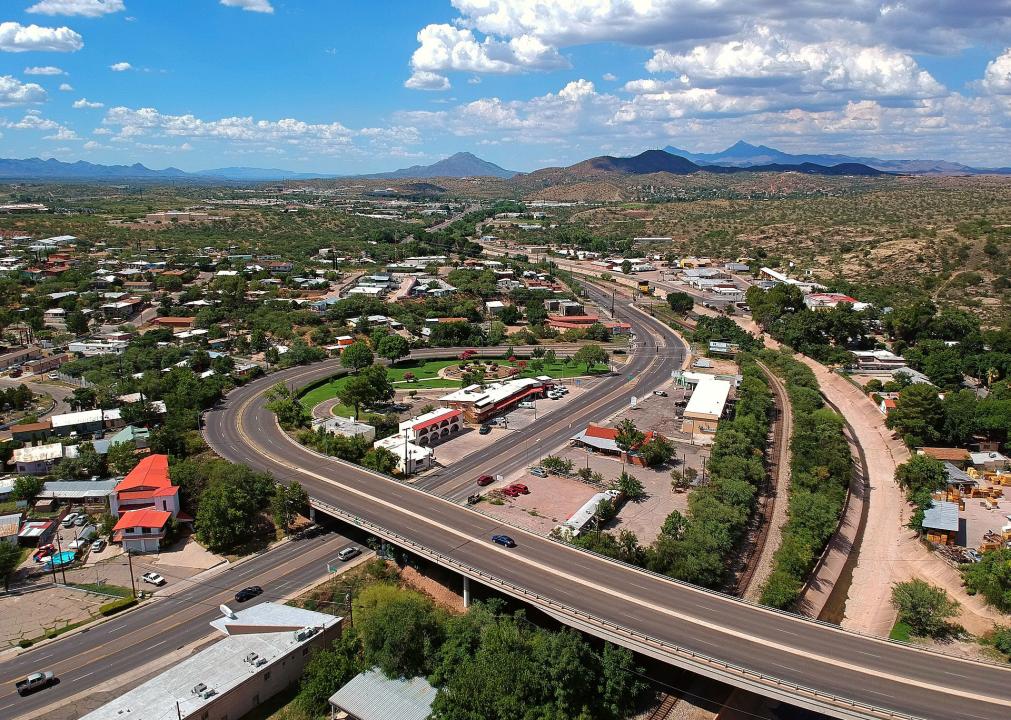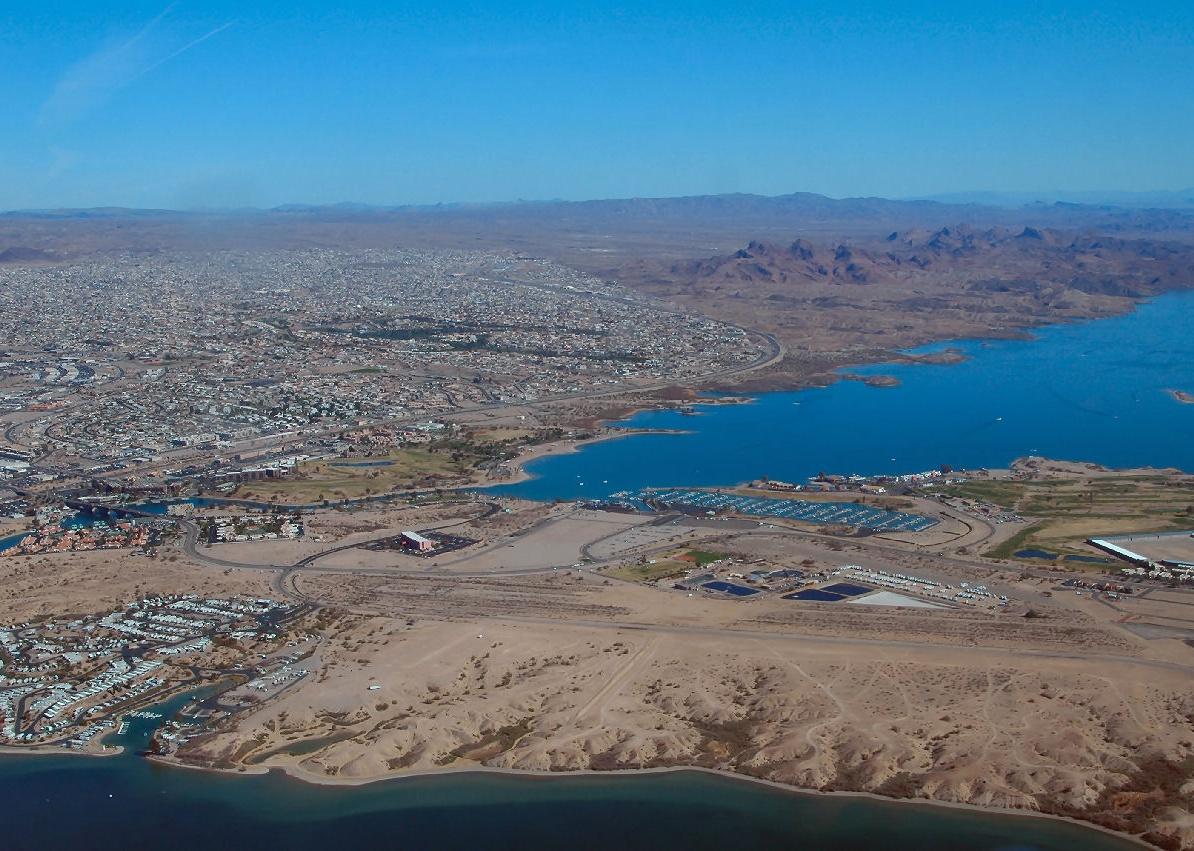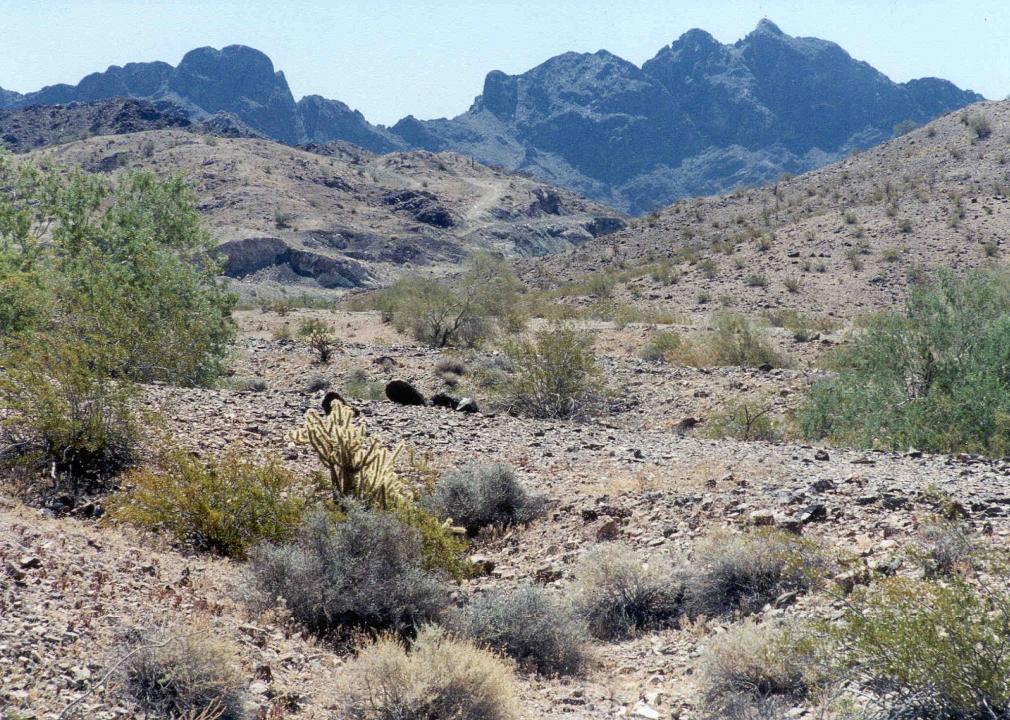Counties with the highest rate of food insecure children in Arizona
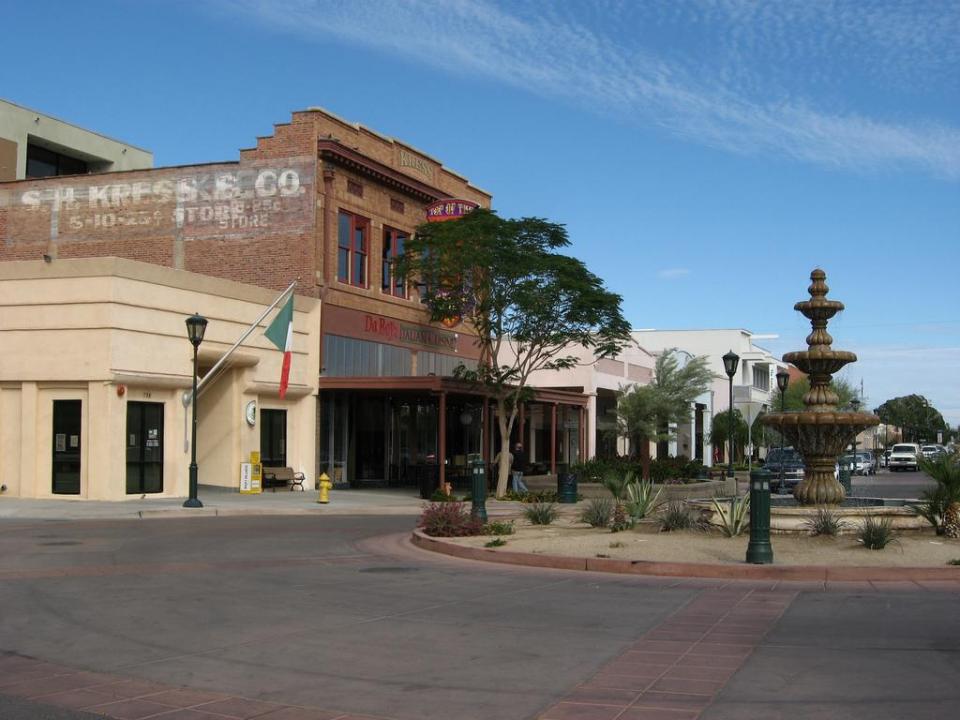
Ken Lund // Flickr
Counties with the highest rate of food insecure children in Arizona
Food insecurity is a widespread problem in the United States, with people experiencing food insecurity in every single county in the nation. The nonprofit Feeding America describes food insecurity as “a lack of consistent access to enough food for every person in a household to live an active, healthy life.”
Food insecurity hits children particularly hard. The USDA estimates that more than 5.5 million children lived in food-insecure households in 2021. Not having consistent access to enough food can affect cognitive abilities, overall health, moods, and attention spans—not to mention the psychological effects of living with scarcity.
Stacker compiled a list of counties in Arizona with the highest rate of food insecure children using data from Feeding America. Counties are ranked by highest percent of children with food insecurity as of 2020. Arizona has a child food insecurity rate of 16.4%, which ranks #12 highest among all states.
States with the highest rate of food insecure children
#1. Louisiana: 21.5%
#2. New Mexico: 20.5%
#3. Mississippi: 20.4%
#4. Alabama: 19.8%
#5. Arkansas: 19.7%
States with the lowest rate of food insecure children
#1. North Dakota: 8.1%
#2. Massachusetts: 8.8%
#3. New Jersey: 9.0%
#4. Minnesota: 9.3%
#5. New Hampshire: 9.5%
Read on to see where food insecurity is most prevalent in Arizona.
![]()
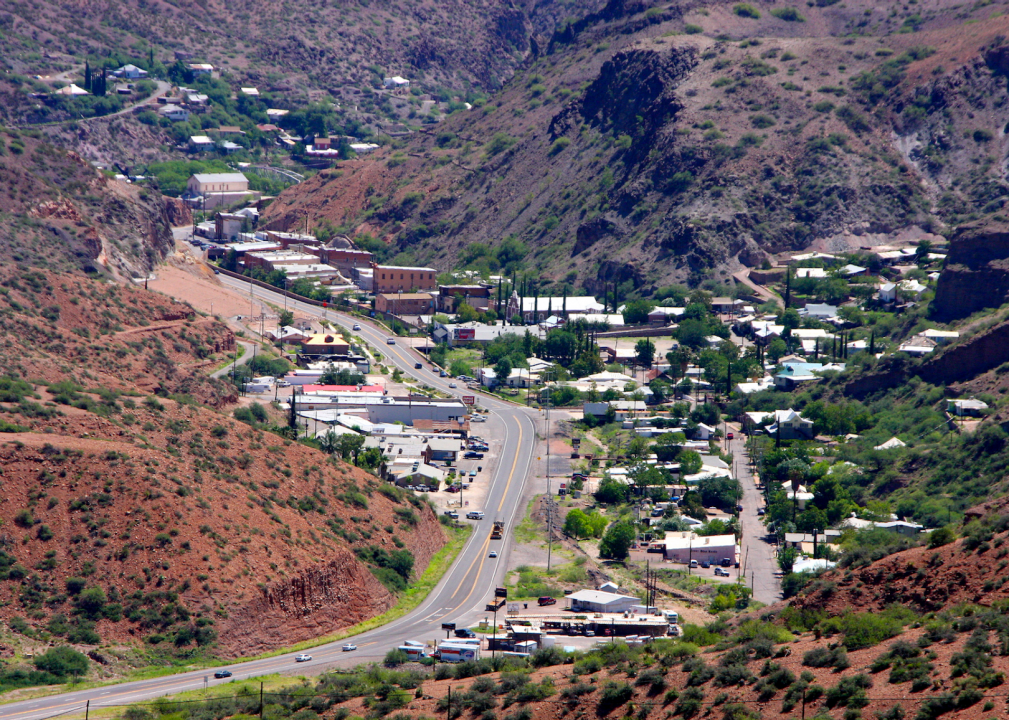
Bill Morrow // Wikimedia Commons
#15. Greenlee County
– Child food insecurity rate: 16.2% (420 total)
— 0.1% higher than national average
– Food insecurity rate: 10.8% (1,020 total)
— 1.0% lower than national average
– Annual food budget shortfall: $515,000
— Cost per meal: $3.14
Sean Pavone // Shutterstock
#14. Maricopa County
– Child food insecurity rate: 16.8% (176,140 total)
— 0.7% higher than national average
– Food insecurity rate: 11.0% (487,340 total)
— 0.8% lower than national average
– Annual food budget shortfall: $263,754,000
— Cost per meal: $3.36
zeesstof // Wikimedia Commons
#13. Pinal County
– Child food insecurity rate: 17.3% (17,490 total)
— 1.2% higher than national average
– Food insecurity rate: 11.1% (49,680 total)
— 0.7% lower than national average
– Annual food budget shortfall: $25,512,000
— Cost per meal: $3.19

Martha.baden // Wikimedia
#12. Yavapai County
– Child food insecurity rate: 17.9% (6,740 total)
— 1.8% higher than national average
– Food insecurity rate: 13.0% (30,260 total)
— 1.2% higher than national average
– Annual food budget shortfall: $17,104,000
— Cost per meal: $3.51
Wars // Wikimedia Commons
#11. Graham County
– Child food insecurity rate: 18.3% (1,880 total)
— 2.2% higher than national average
– Food insecurity rate: 13.8% (5,300 total)
— 2.0% higher than national average
– Annual food budget shortfall: $2,678,000
— Cost per meal: $3.14
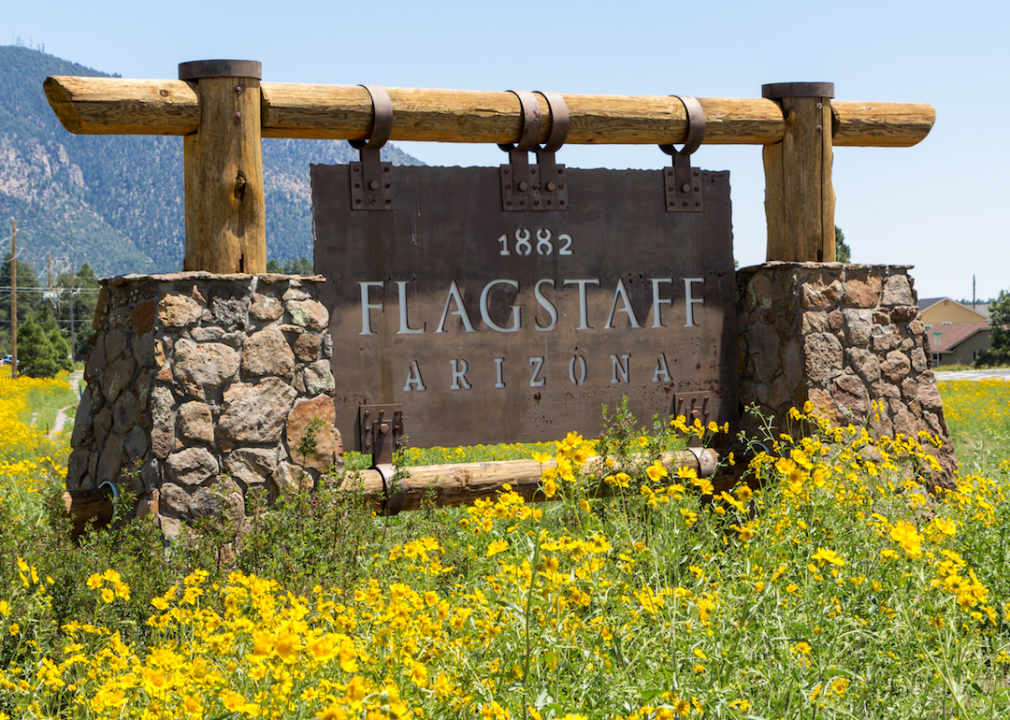
HildaWeges Photography // Shutterstock
#10. Coconino County
– Child food insecurity rate: 18.5% (5,380 total)
— 2.4% higher than national average
– Food insecurity rate: 14.6% (20,730 total)
— 2.8% higher than national average
– Annual food budget shortfall: $11,422,000
— Cost per meal: $3.42

Jay Yuan // Shutterstock
#9. Pima County
– Child food insecurity rate: 19.4% (41,880 total)
— 3.3% higher than national average
– Food insecurity rate: 12.6% (130,860 total)
— 0.8% higher than national average
– Annual food budget shortfall: $69,735,000
— Cost per meal: $3.31
Clay Gilliland // Flickr
#8. Cochise County
– Child food insecurity rate: 19.9% (5,410 total)
— 3.8% higher than national average
– Food insecurity rate: 12.6% (15,880 total)
— 0.8% higher than national average
– Annual food budget shortfall: $7,965,000
— Cost per meal: $3.12
Alan Levine // Wikimedia Commons
#7. Gila County
– Child food insecurity rate: 23.6% (2,530 total)
— 7.5% higher than national average
– Food insecurity rate: 15.9% (8,550 total)
— 4.1% higher than national average
– Annual food budget shortfall: $4,532,000
— Cost per meal: $3.29
Elnogalense // Wikimedia Commons
#6. Santa Cruz County
– Child food insecurity rate: 24.0% (3,030 total)
— 7.9% higher than national average
– Food insecurity rate: 14.0% (6,540 total)
— 2.2% higher than national average
– Annual food budget shortfall: $2,860,000
— Cost per meal: $2.72
Africaspotter // Wikimedia Commons
#5. Mohave County
– Child food insecurity rate: 24.6% (8,850 total)
— 8.5% higher than national average
– Food insecurity rate: 16.4% (34,670 total)
— 4.6% higher than national average
– Annual food budget shortfall: $18,203,000
— Cost per meal: $3.26
Ixnayonthetimmay // Wikimedia Commons
#4. Navajo County
– Child food insecurity rate: 26.1% (7,600 total)
— 10.0% higher than national average
– Food insecurity rate: 19.2% (21,160 total)
— 7.4% higher than national average
– Annual food budget shortfall: $10,770,000
— Cost per meal: $3.16
United States Bureau of Land Management // Wikimedia Commons
#3. La Paz County
– Child food insecurity rate: 26.6% (900 total)
— 10.5% higher than national average
– Food insecurity rate: 17.5% (3,680 total)
— 5.7% higher than national average
– Annual food budget shortfall: $1,936,000
— Cost per meal: $3.27
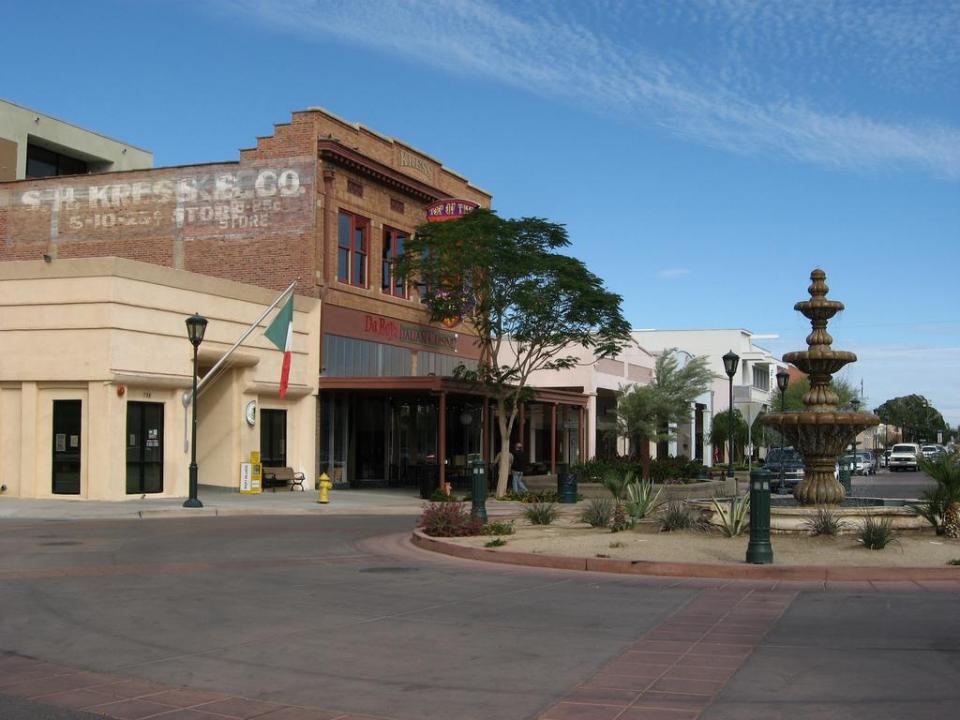
Ken Lund // Flickr
#2. Yuma County
– Child food insecurity rate: 28.3% (15,110 total)
— 12.2% higher than national average
– Food insecurity rate: 16.2% (34,400 total)
— 4.4% higher than national average
– Annual food budget shortfall: $15,843,000
— Cost per meal: $2.86
Andreas F. Borchert // Wikimedia Commons
#1. Apache County
– Child food insecurity rate: 29.9% (5,750 total)
— 13.8% higher than national average
– Food insecurity rate: 22.6% (16,230 total)
— 10.8% higher than national average
– Annual food budget shortfall: $8,913,000
— Cost per meal: $3.41

